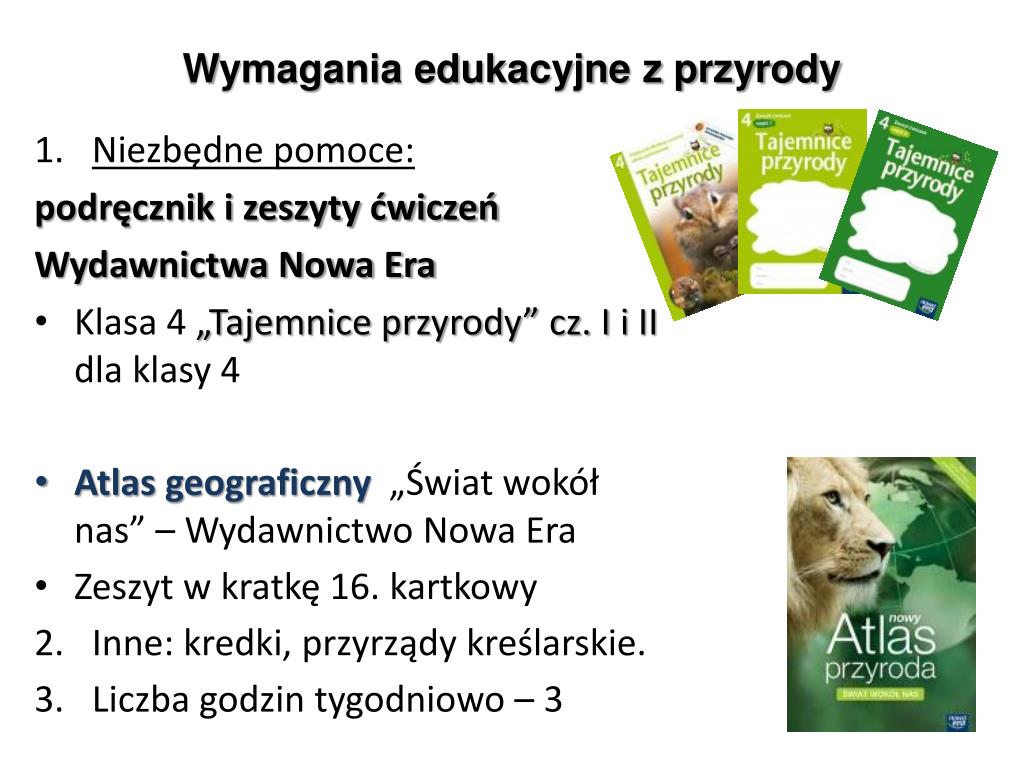Sprawdzian Z Przyrody Nowa Era Kl6 Dzial2 Test A

Sprawdzian Z Przyrody Nowa Era Kl6 Dzial2 Test A, translates to "Nature Test New Era Grade 6 Chapter 2 Test A" and refers to a specific test used in Polish schools following the Nowa Era curriculum. This test covers the content of the second chapter in the sixth-grade nature studies textbook.
The key aspects of this test are focused on evaluating a student's understanding of the biological and geographical principles taught in the specified chapter. This often involves identification, definition, and application of knowledge related to the natural world.
Generally, this test covers topics such as: ecosystems and their components, including the relationship between living organisms and their environment; the flow of energy within an ecosystem, often demonstrated using food chains and food webs; and the concept of biodiversity and its importance.
The test frequently assesses students on their ability to distinguish between different types of ecosystems (e.g., forest, meadow, aquatic). Students must understand the roles of producers, consumers, and decomposers. They might also be required to identify various plant and animal species within a particular ecosystem.
Example 1: A question might ask students to draw a simple food web and identify the producers, consumers, and apex predators. Example 2: Another question may present a scenario where a key species is removed from an ecosystem and ask students to predict the consequences.
A common question format includes multiple-choice, matching, short answer, and sometimes diagrams to label or complete. The difficulty level is tailored for sixth-grade students, focusing on foundational knowledge rather than complex analysis.
The real-world application of knowledge tested in Sprawdzian Z Przyrody Nowa Era Kl6 Dzial2 Test A encourages a basic understanding of ecology and the interconnectedness of life. This awareness helps foster responsible environmental stewardship and informed decision-making regarding conservation and resource management. Understanding these concepts builds a foundation for future science studies and promotes a general appreciation for the natural world.




